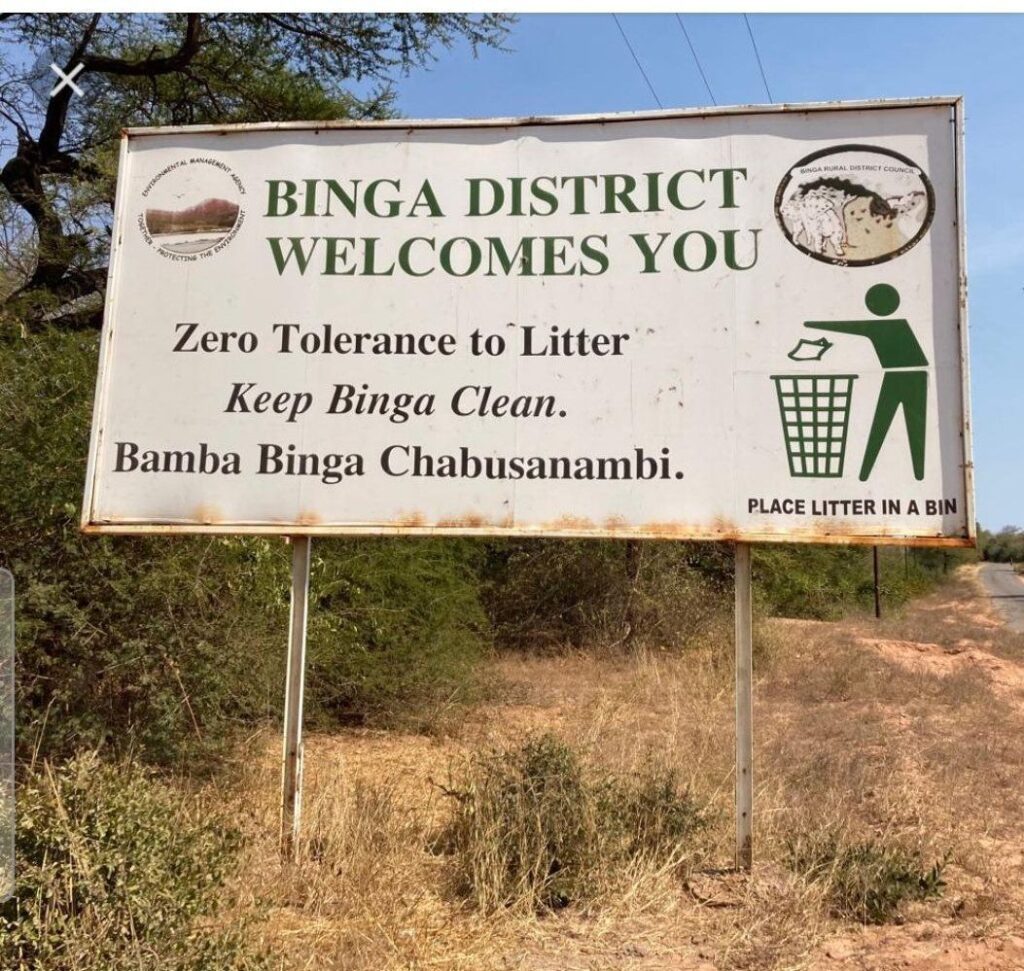By Adelaide Moyo
FROM rural Mwenezi to global health forums, Dr. Efison Dhodho’s journey embodies the power of local innovation to reshape healthcare delivery.
In a region often defined by its challenges, Dr. Dhodho’s work in Zimbabwe is not only saving lives but also influencing how the world approaches public health.
Dr. Dhodho is widely credited for a 2008 outreach initiative in Binga that significantly expanded access to antiretroviral (ARV) treatment for underserved communities at a time the district faced alarmingly low access rates.
His leadership at the Organisation for Public Health Interventions and Development (OPHID) resulted in the creation of the Community T-MIS system, a geospatially enabled tool that optimises healthcare delivery for underserved populations.
Recognised internationally with the USAID Digi Award, the system now supports over 300,000 people living with HIV.
Though Binga historically had one of the country’s lowest HIV prevalence rates, it experienced a surge in cases between 2009 and 2010.
Early life
Dr. Dhodho’s journey, from his early years in rural Mwenezi to his current role as Knowledge Manager for the Zimbabwe College of Public Health Physicians, Director of Strategic Information at OPHID, and PhD Researcher at the London School of Hygiene and Tropical Medicine, underscores how talent can flourish even in challenging environments.
Witnessing the difference made by his mother, a rural nurse in Mwenezi District, drove his resolve to work with underserved communities.
“There was no doctor in Mwenezi at that time because there was no hospital. But seeing the work my mother and other nurses did, ignited a desire to say I want to make a difference here,” he said in an interview.
The schools in Mwenezi lacked well-equipped science laboratories, and the challenges of studying in such a setting would have deterred many. However, determination and a passion for healthcare pushed Dr Dhodho to excel against all odds.
Even without a biology teacher in high school, he taught himself the subject, determined to pursue his dream.
This perseverance eventually earned him a place at the University of Zimbabwe’s medical school. Despite several setbacks he faced during this period, Dr Dhodho completed his training.
“I was deployed to Bulawayo for my housemanship. This sent me to Mpilo Hospital, which catered to rural Matabeleland. On one hand, I was happy that I was going to serve the rural people as was always my wish, on the other hand, I did not know the language,” he said.
In 2007, he was done with his housemanship. Zimbabwe was grappling with extreme hyperinflation, nearly half of Dr. Dhodho’s graduating class left the country, seeking opportunities in neighbouring nations like Namibia, Lesotho, and Mozambique.
He decided to stay in Zimbabwe, remembering his earlier commitment to bring better healthcare to rural communities. He became the District Medical Officer for Binga under the Ministry of Health and Child Care.
Dr Dhodho highlighted that at the time, Binga had 11 clinics for a population of 140 000 and the furthest clinic was 230 km from the hospital.
“Every clinic was not reachable, there was no network and for one to call using a cell phone, he/she needed to get a Zambian line. So we used to communicate using the Save the Children radios. This was a low resource setting and that is when I began to learn to innovate, push boundaries, and think outside the box to succeed in such areas,” Dr Dhodho said.

Decentralising ART delivery
Though Binga historically had one of the country’s lowest HIV prevalence rates, it experienced a surge in cases between 2009 and 2010.
In 2008, facing alarmingly low ARV access in Binga District, Dr. Dhodho spearheaded an outreach model that brought services directly to communities.
“With my team, I decided to engage the community. I met with chiefs because HIV carried a lot of stigma. I told them, ‘We’re going to distribute ARVs in an unconventional way. But first, I need your support. To lead by example, I want you to be tested for HIV, and I’ll personally conduct the tests. The results will remain confidential.’ The chiefs agreed, and they were tested,” he recalls.
Chiefs spearheaded a turning point in Binga’s fight against HIV. Within six months, the number of patients on ART surged from 15 to 1,200.
The model was so successful that it was showcased at the 2010 SAfAIDS Regional Conference and adopted by Zimbabwe’s Ministry of Health and Child Care as a national approach.
Empowering community health workers
In Binga, where malaria was a leading cause of death, Dr. Dhodho’s team trained community health workers to diagnose and treat malaria using rapid diagnostic tests (RDTs).
This initiative ensured most patients accessed care within 24 hours, drastically reducing malaria deaths and saving countless lives.
Over time, these efforts transformed Matabeleland North from the province with the highest malaria burden in Zimbabwe in 2010 to one nearing pre-elimination.
Recognised as best practice by the National Malaria Control Programme, this model was showcased as a success story in the SADC region.
Dr. Dhodho’s story exemplifies the transformative potential of local innovation in addressing complex health challenges.
His work serves as an inspiration not only for Sub-Saharan Africa but for the global health community as a whole.

